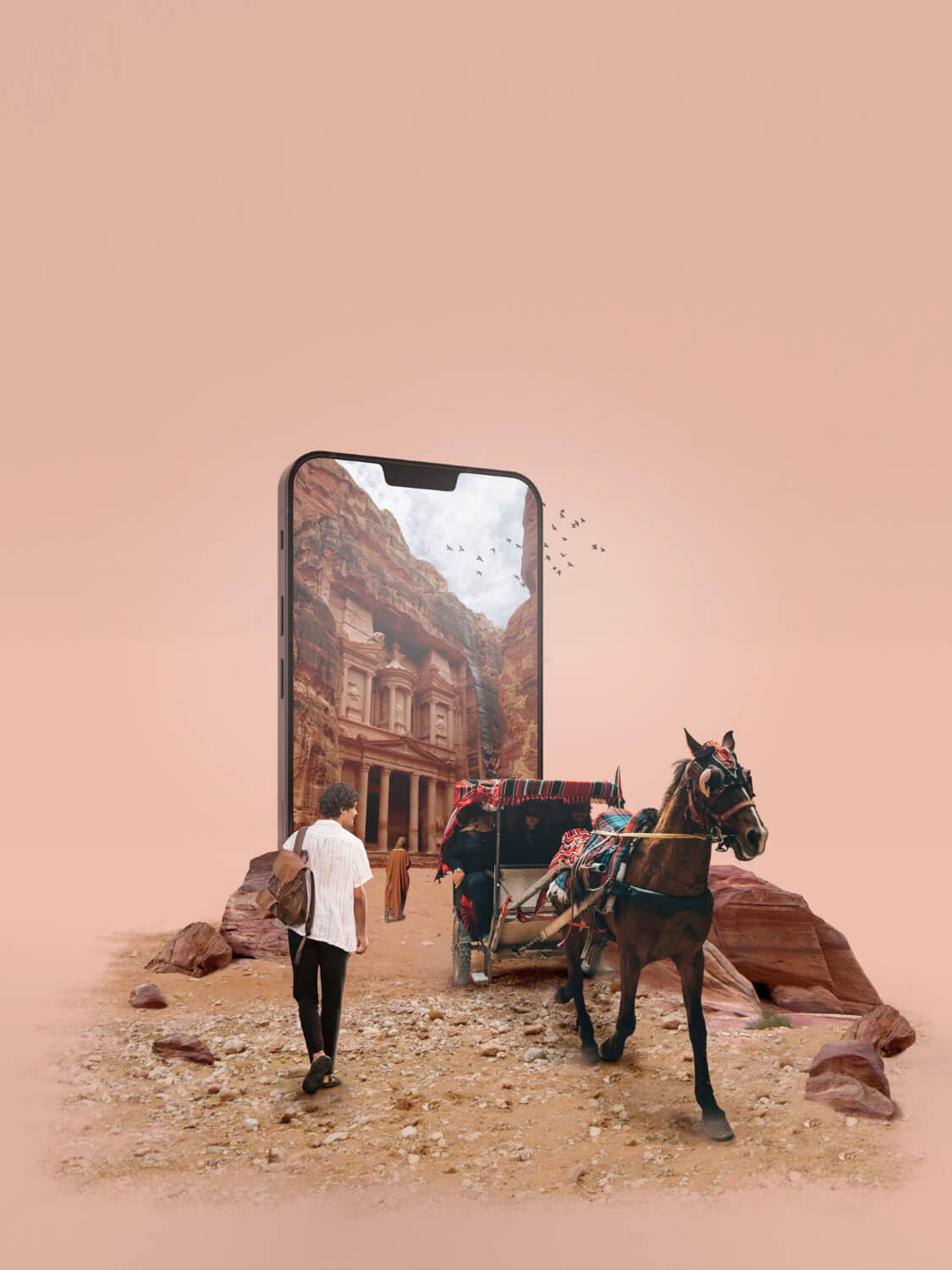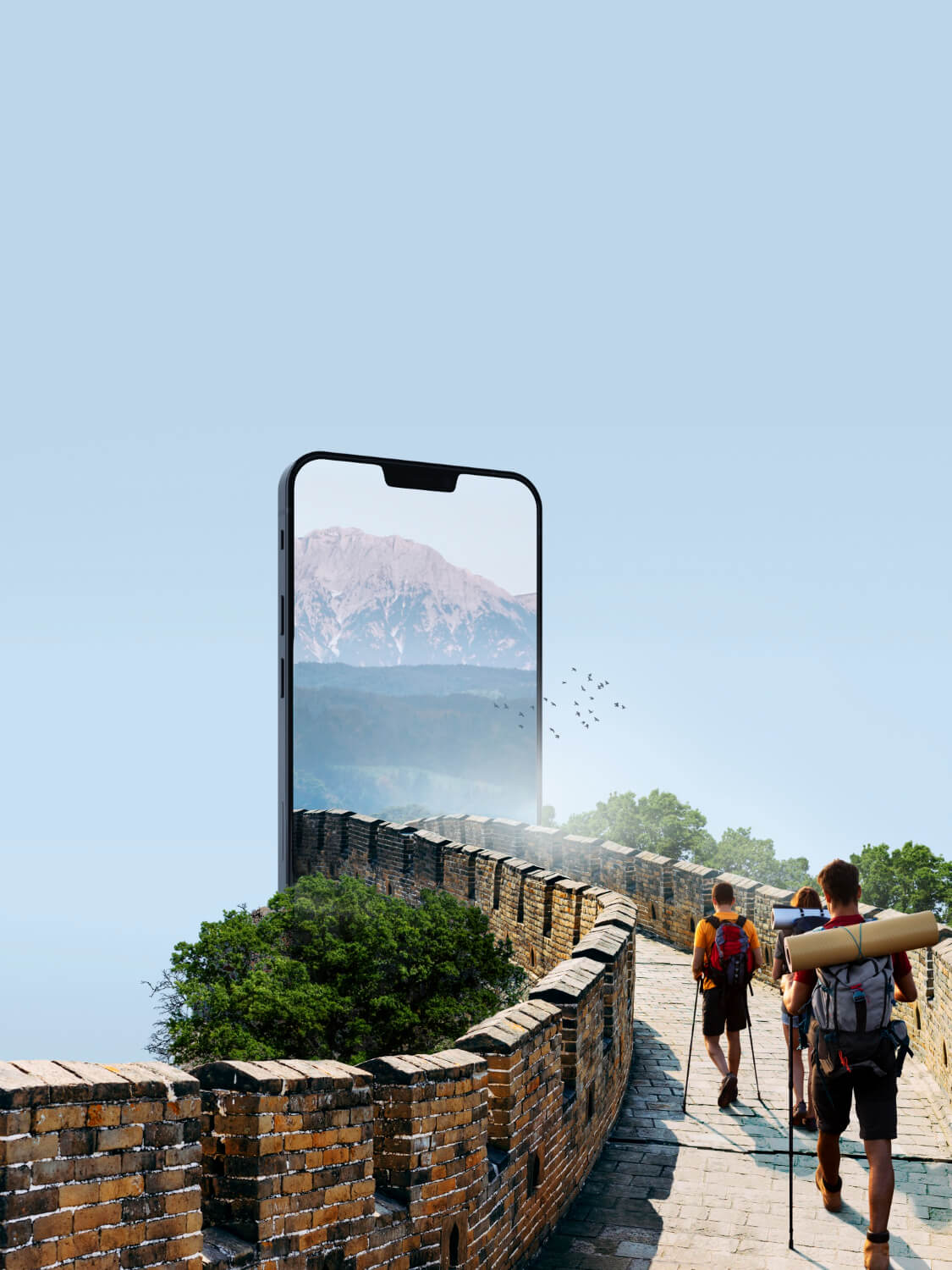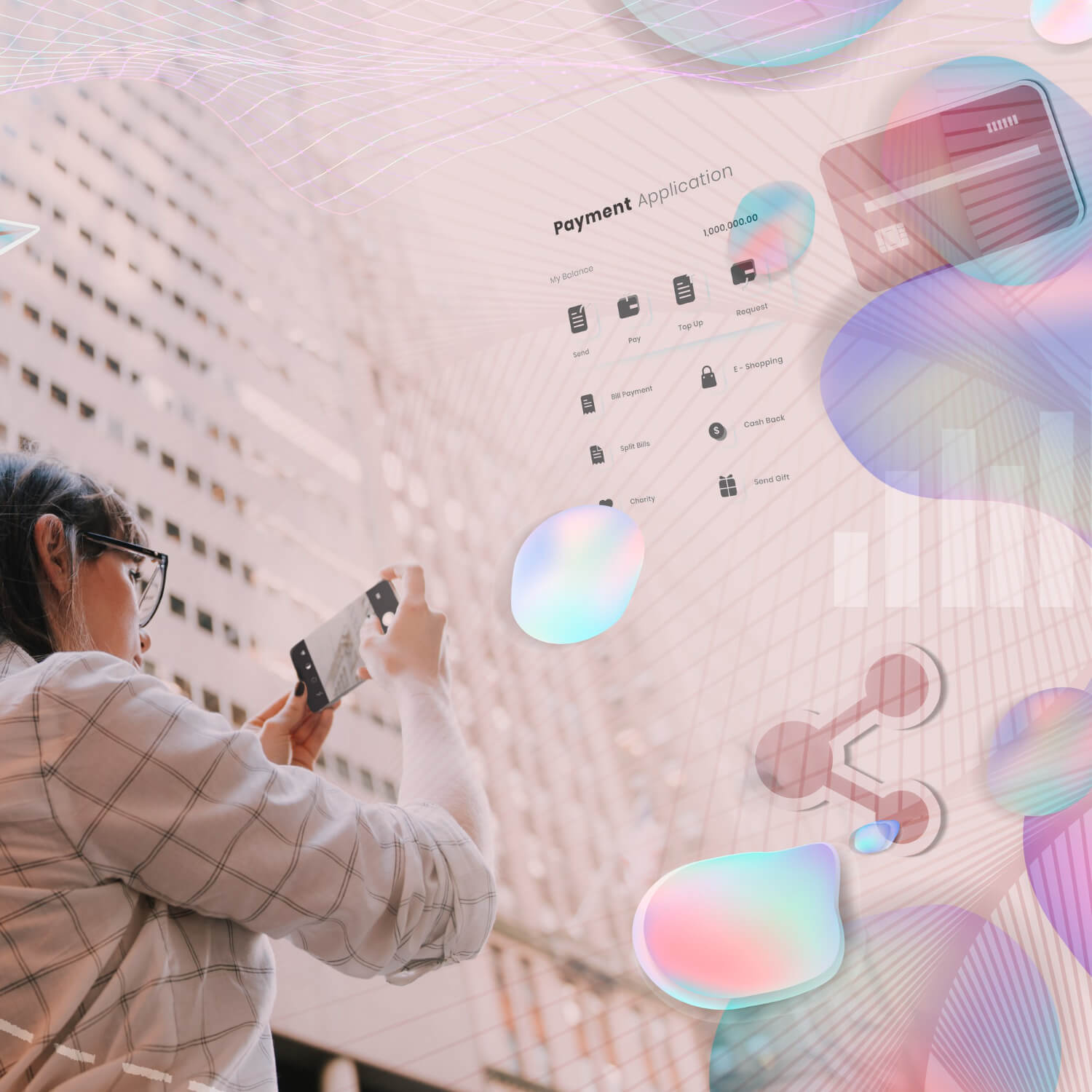- Tech Services

Concept Development
- Industry
- Emerging Tech
- Generative AI Hub
- Blog
- Contact Us

Creating Immersive Experiences: Augmented Reality and Its Impact on the Travel Industry
In Lets Nurture
30
May. 23769
VIEWSThe global digital transformation has dramatically influenced numerous industries, including the travel industry. Augmented Reality (AR), a groundbreaking technology that overlays digital information onto the real world, is increasingly becoming a game-changer. AR is transforming the travel experience by offering tourists immersive and interactive experiences, even before they pack their bags. This article explores how AR is reshaping the travel industry and why travel companies should embrace this technology.
What is Augmented Reality?
Augmented Reality is a technology that superimposes computer-generated images, sounds, and other sensory enhancements onto a user’s real-world environment in real-time. Unlike Virtual Reality, which creates a completely artificial environment, AR uses the existing environment and adds information to it. This technology is accessible via smartphones, AR glasses, screens, and other portable devices, making it convenient and easy to use.
AR’s Role in the Travel Industry: Making Travel More Interactive and Engaging
AR technology is increasingly being adopted in the travel industry to enhance tourist experiences. From planning to exploring destinations and sharing experiences, AR offers an immersive, interactive, and personalized travel journey. Here are some of the ways AR is making a difference:
AR in Travel Planning
AR enables potential travelers to explore their intended destinations virtually before making any travel decisions. For instance, AR applications such as Google’s ARCore offer travelers a 3D view of hotel rooms, allowing them to tour accommodations before booking. This immersive experience helps travelers make informed decisions, increasing their satisfaction and likelihood to book.

Image by Freepik
AR in Destination Exploration
AR helps travelers explore destinations more conveniently and enjoyably. Tourists can use AR applications to point their smartphone at a monument or attraction and instantly receive information about it. Companies like Blippar and Wikitude provide AR platforms that offer information about landmarks, historical context, and even translations, enhancing travelers’ cultural understanding and appreciation.
A compelling example is the Museum of London’s “Streetmuseum” app, which allows users to point their phones at various London locations and see historical images superimposed on the current scene. It’s like having a personal interactive guide.

Image by Freepik
AR in Navigation
AR is also being used to improve navigation in unfamiliar places. Traditional 2D maps can sometimes be hard to interpret, but AR can overlay directional arrows and distance information onto live street views, making navigation much easier. Google Maps’ Live View feature is a prime example of this, making getting around in unknown locales less stressful and more enjoyable.

Image by Freepik
AR in Sharing Travel Experiences
AR allows travelers to share their experiences in creative ways. For instance, Snapchat offers geofilters, which are graphical overlays available at specific geographical locations. Travelers can use these to share their experiences with their social circles in an engaging, personalized way.

Image by Freepik
Market Overview and Potential
According to a report by Allied Market Research, the global AR and VR market size was valued at $11.35 billion in 2017 and is projected to reach $571.42 billion by 2025. The travel industry is predicted to be one of the major contributors to this growth. As more travelers seek immersive experiences and personalized services, the demand for AR in the travel industry will continue to rise.
Case Studies: Successful AR Applications in the Travel Industry
Gatwick Airport’s AR Navigation
Airports can be challenging to navigate, especially for first-time visitors. Recognizing this, Gatwick Airport in London deployed an AR-based indoor navigation system. They installed around 2,000 beacons across the terminals, enabling the AR app to guide passengers through the airport using AR arrows overlaid on live camera views. This initiative significantly improved passenger experience by making navigation seamless and stress-free.

Image by Freepik
The Augmented Reality Time Traveler App
One innovative use of AR in the travel industry is the Time Traveler app, used in the city of Trondheim, Norway. Visitors can point their smartphones at specific spots in the city and see how that location looked in the past. This immersive experience adds a whole new dimension to exploring the city, effectively turning a walking tour into a journey through time.
The Future of AR in Travel Industry
As the technology behind AR continues to improve and become more accessible, its application in the travel industry will continue to grow.
One exciting potential future application of AR is in personalization. With the help of AI, AR systems could offer personalized recommendations to travelers based on their preferences and past behavior. For example, pointing an AR-enabled device at a street could not only provide information about the area but also recommend restaurants based on the user’s dietary preferences.
Another future application is the use of AR in translating foreign languages in real-time, both in written form (like signs or menus) and spoken language. This will make traveling in foreign countries much more convenient and enjoyable.
Finally, the future may see the rise of AR glasses becoming mainstream. This will allow travelers to enjoy AR experiences without having to hold up a smartphone. The rise of AR glasses could also lead to more immersive experiences, such as guided city tours with historical reenactments appearing right before your eyes.

Image by rawpixel.com on Freepik
Conclusion
The fusion of augmented reality and the travel industry is still in its nascent stage, yet it has already demonstrated substantial benefits. As AR technology continues to evolve, it will undoubtedly become a fundamental component of the travel experience. The travel industry has an opportunity to redefine and enhance how travelers explore the world, creating unforgettable and personalized experiences. From enhancing how we plan trips, explore new places, and share our experiences, augmented reality is set to take the travel industry on an exciting journey of transformation.







